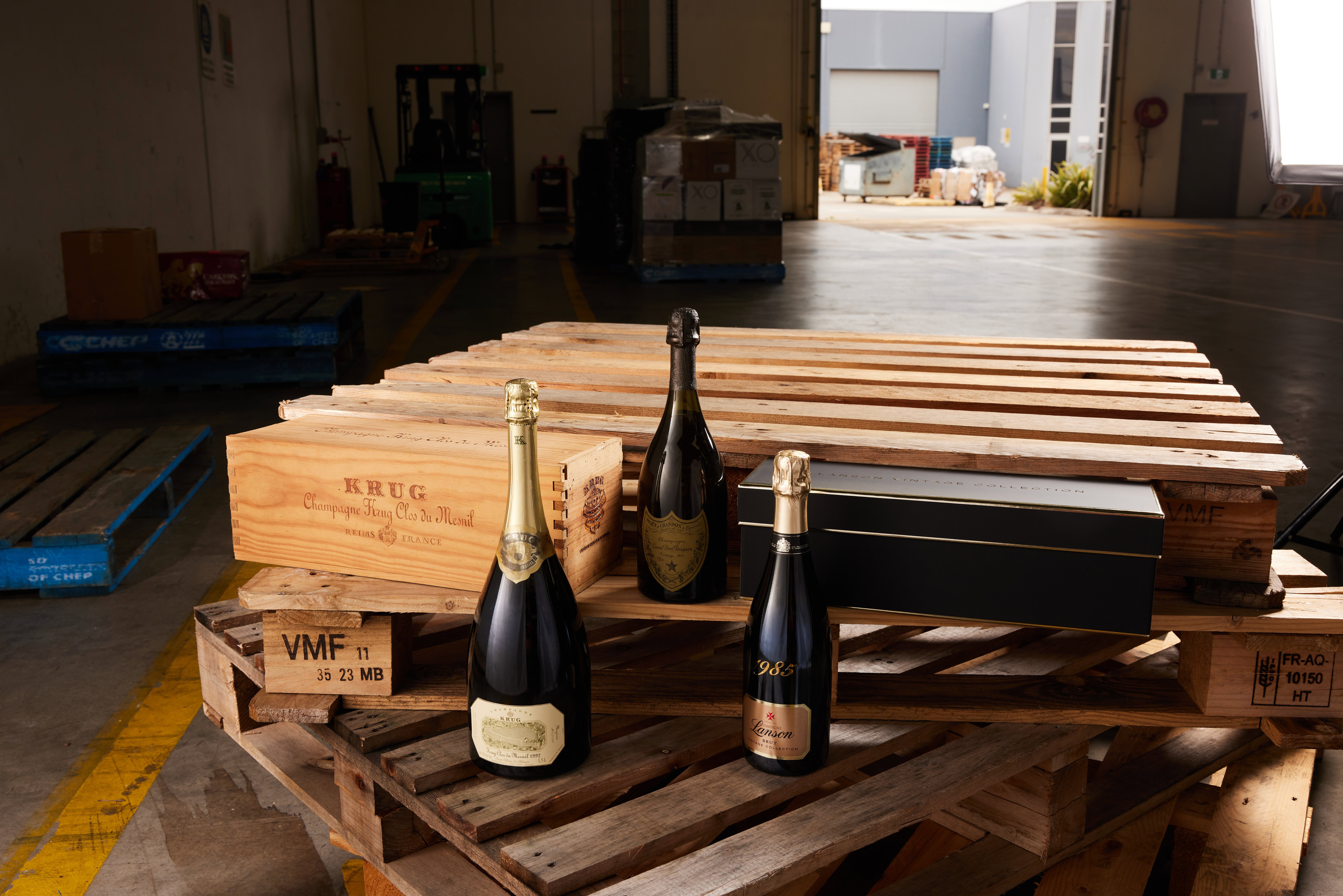Australian wine sales during 2019–20 exceeded supply for the third year in a row, leading to the lowest stock-to-sales ratio in nine years according to Wine Australia’s Wine Production, Sales and Inventory Report 2020 released on Tuesday.
"The past three years have seen growth in demand and falling production, leading to reduced volumes available for export and declining stocks," said Wine Australia Chief Executive Officer, Andreas Clark, "This period of undersupply has seen wine grape and wine prices strengthen, which is good news for grape growers and winemakers."
Production
Total Australian wine production in 2019–20 was just under 1.1 billion litres, or 121 million 9-litre case equivalents. This was nine per cent below the previous year’s production, and ten per cent below the ten year average.
The inventory of Australian wine, within Australia, as at 30 June 2020 is estimated to be 1.7 billion litres, a decline of four per cent compared with the previous year.
Clark said that this was not unexpected, as the 2020 crush was the lowest since 2007 at 1.52 million tonnes.
Sales
The total volume of Australian wine sales in 2019–20 was just over 1.2 billion litres (136 million 9-litre cases), of which 40 per cent was sold on the domestic market and 60 per cent was exported. Domestic sales were down by 1 per cent, while exports were down 9 per cent.
Clark said that the small decline in sales to the domestic market was consistent with long-term trends of moderation and premiumisation in mature wine markets, while the decline in exports was in line with lower Australian vintages in 2018 and 2019. He noted that COVID-19 had not appeared to have had a substantial impact on overall sales volumes during the period covered by the report.
‘COVID-19 only began to make its presence felt in most countries during the fourth quarter of 2019–20, and while it caused major disruptions to sales channels, overall consumption seems to have been relatively unaffected.’
Despite sales decreasing overall by 6 per cent compared with 2018–19, sales still exceeded the volume of wine and other grape products produced by over 60 million litres.
Inventory
As a result, Wine Australia estimates that stocks of Australian wine and other grape products have fallen by approximately 70 million litres (4 per cent) to 1.7 billion litres, the lowest since 2011–12.
‘While quality was generally high in 2020, it was a challenging vintage, with drought conditions affecting much of Australia and bushfires affecting a small number of wine regions’, Mr Clark said.
The reduction in overall inventory was driven by a decrease of 100 million litres in white wine stocks, partially offset by increases in red, sparkling, fortified and other products. For the past two years, the white share of total sales has exceeded its share of production, causing its stock-to-sales ratio to fall in 2019–20 to its lowest level in 10 years.
‘The results of the survey have highlighted a significant challenge for the sector going forward: to balance supply with the demand opportunities’, Mr Clark said. ‘This is particularly important as wineries look to divert exports away from China, which predominantly bought our red wine, to other markets such as the USA and the UK, which have a higher demand for white wine.’
The full Report can be found here.
Drinks Trade will have more of a picture of how Australia's strong economic recovery, domestic tourism and the industry's diversification into international markets is playing out when Wine Australia release their Export Report next month.
Share the content










